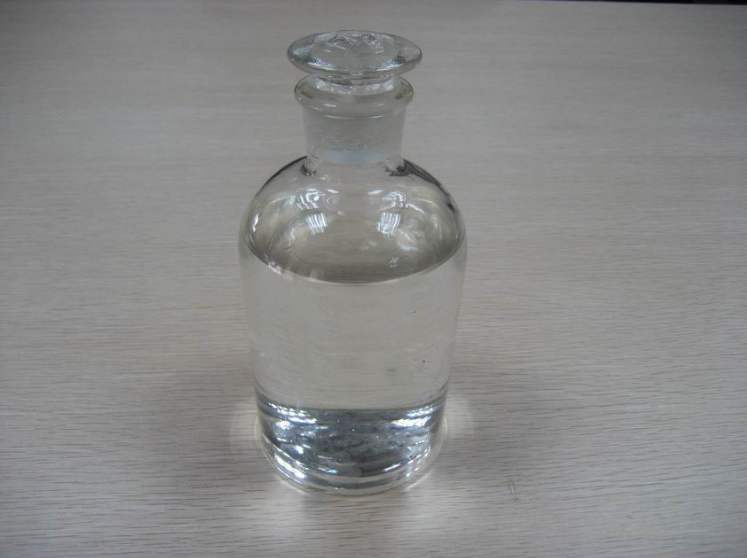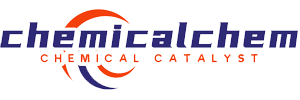[Alias] hydrofluoric acid
[Molecular formula]HF
[Properties] Hydrogen fluoride gas is easily soluble in water, and its aqueous solution is called hydrofluoric acid. Commercially available products are usually 35%-50% aqueous solution of hydrogen fluoride gas, with a maximum concentration of 75%, and are colorless and clear fuming liquids. It has a pungent odor, is easily volatile, and emits white smoke in the air. It is a medium-strength inorganic acid that is extremely corrosive and can corrode glass and silicates to produce gaseous silicon tetrafluoride. It can also react with metals, metal oxides and hydroxides to form various salts, but the effect is not as violent as hydrochloric acid. Gold, platinum, lead, paraffin and some plastics have no effect on it, so containers can be made. Hydrogen fluoride gas is easy to polymerize to form chain molecules such as (HF) 2 (HF) 3… etc. In the liquid state, the degree of polymerization increases. Need to be stored in lead, wax or plastic containers. It is highly toxic and will cause ulcers if it comes into contact with the skin.

[Use] Used to manufacture inorganic and organic fluorides such as sodium fluoride, aluminum fluoride, uranium hexafluoride, fluorocarbons, and cryolite. In the organic synthesis industry, it is used as an accelerator for polymerization, condensation and alkylation. Used as catalyst in petrochemical industry. It is also used for engraving and engraving glass instruments, utensils and mirrors, pickling non-ferrous metals and stainless steel, desanding metal castings, and frosting light bulbs. It is also used to make pesticides, fungicides, flame retardants, as well as electroplating, ceramic processing, etc.
[Brief preparation method] There are two raw material routes for producing hydrofluoric acid: fluorite and phosphate rock. The sulfuric acid method using fluorite as raw material is a commonly used method in industry. Mix the dried fluorite powder and sulfuric acid according to the ratio 1: (1.2-1.3), and then undergo high temperature decomposition, crude distillation, rectification and water absorption to obtain hydrofluoric acid.
[Safety and Protection] Hydrofluoric acid is a first-class inorganic acidic corrosive substance, Hazardous Regulation Number: 91035. Packed in polyethylene plastic barrels or PTFE plastic barrels. Net weight per barrel is 20kg or 25kg. Small quantities can be packed in plastic bottles, each bottle is packed in 0.5kg, and the packaging should be marked with “Violent Toxins” or “Corrosive Items”. Do not store or transport together with oxidants, organic matter, flammable substances, alkali, metal powder, etc. In the event of a fire, yellow sand and carbon dioxide fire extinguishers can be used to put out the fire, but columnar water is not allowed to put out the fire.
Hydrofluoric acid is extremely corrosive and its vapor is extremely toxic. The maximum allowable concentration is 1 mg/m3. In case of accidental contact with the skin, rinse immediately with plenty of water, or immediately rinse with 3% alkali solution or 10% ammonium carbonate solution. In serious cases, you should be sent to the hospital for treatment.

 微信扫一扫打赏
微信扫一扫打赏

